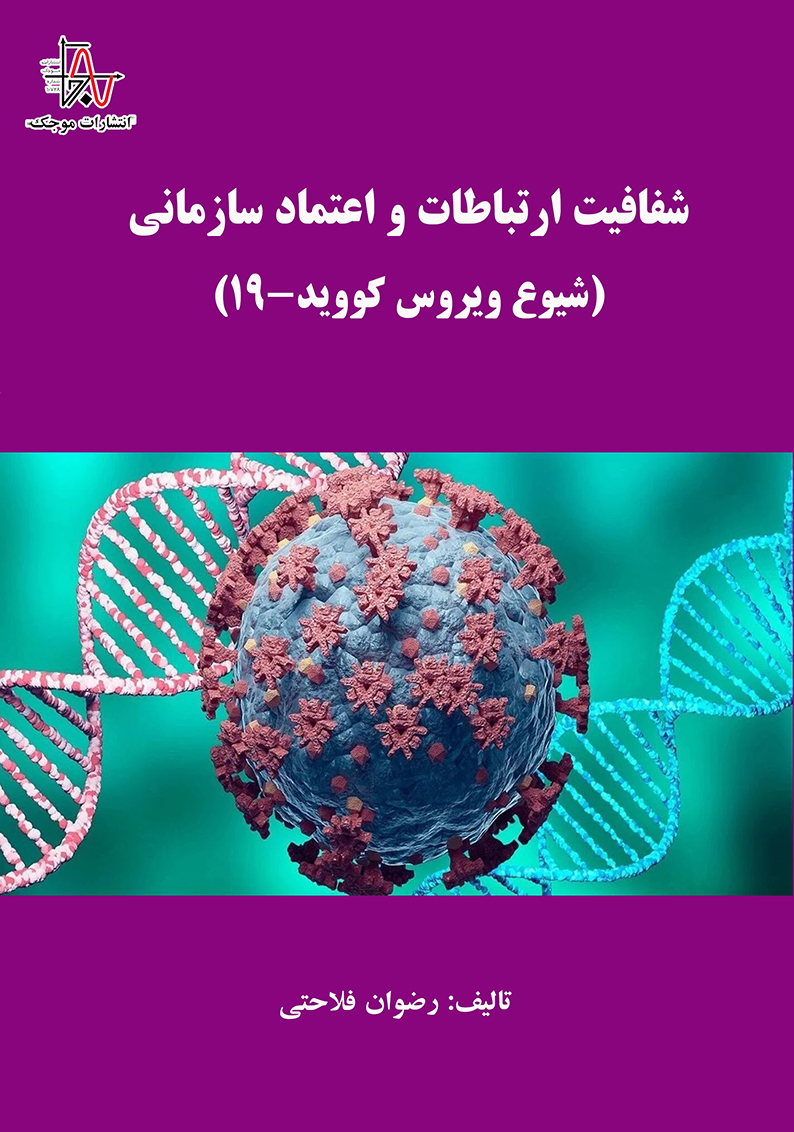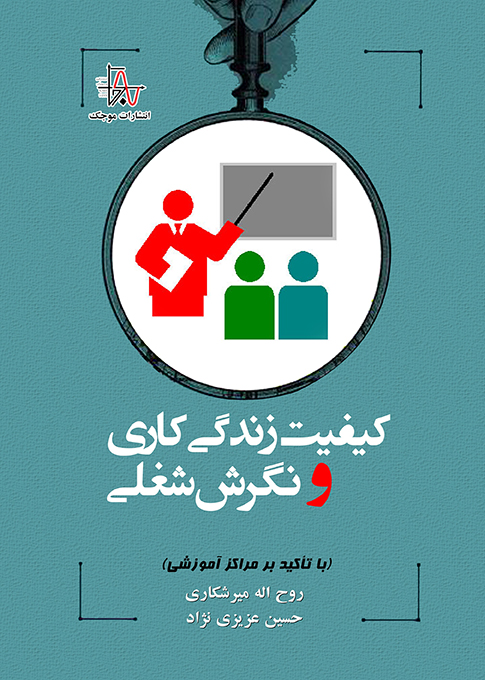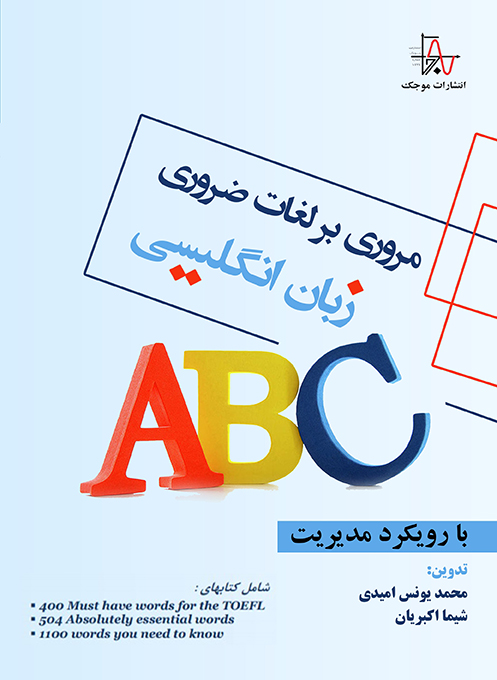ناشر : انتشارات موجک (ناشر دانشگاهی)
کد کتاب : M829
عنوان : شفافیت ارتباطات و اعتماد سازمانی (شیوع ویروس کووید-۱۹)
تالیف : رضوان فلاحتی
مشخصات ظاهری : ۱۱۷ صفحه، قطع وزیری
چاپ اول : تابستان ۱۴۰۱، تيراژ : ۵۰۰ جلد
قيمت : ۱۹۸۰۰۰۰ ريال، شابک : ۴-۴۹۳-۹۹۴-۶۰۰-۹۷۸
حقوق چاپ و نشر برای ناشر محفوظ است.
————————————————————————————————————————————————————————————————————————–
Publisher: Mojak Publication (Academic Publisher)
Book code: M829
Title: Communication Transparency and Organizational Trust (Covid-19 Virus Outbreak)
Written by: Rizvan Falahati
Appearance specifications: 117 pages, ministerial cut
First edition: summer 1401, circulation: 500 volumes
Price: 1980,000 riyals, ISBN: 978-600-994-493-4
Copyright is reserved for the publisher.






نقد و بررسیها
هیچ دیدگاهی برای این محصول نوشته نشده است.